Reading aloud to young children has always been a delight, but I must plead guilty to spending too many years focusing on fiction-based read alouds. I was afraid that informational selections couldn’t possibly hold the attention of my ever-so-wiggly elementary students. But how wrong I was!
Once I began to experiment with informational read alouds from masters of nonfiction such as Seymour Simon, Nicola Davies, Gail Gibbons, Melvin Berger, Doreen Rappaport and so many more, my students erupted with questions and ignited a sense of wonder that electrified our learning.
Why Informational Read Alouds?
Informational read alouds ignite imagination, strengthen academic vocabulary, stimulate powerful questions, expand schema and build strong foundations for new units of inquiry. They’re easy. They’re interesting. But I am concerned because…they aren’t happening enough!
Evidence suggests that teachers are continuing to lean heavily toward fiction during read alouds. (Layne, 2015; Scholastic & YouGov, 2014; Duke, 2014). I would argue that it is time for us to unite as a profession and take active steps toward ensuring that every learner experiences the power of an informational read aloud, every day.
It’s time to ensure that our learners have the same in-depth experiences and knowledge of informational titles that they are lucky enough to have with fiction. They deserve to be immersed in information-based read alouds that not only capture kid-delightful, eye-popping information but also sing with exquisite language.
All learners deserve to see that nonfiction texts can capture their interest, pique a sense of wonder and bring the world to life with striking visuals and colorful language.
I have always found it interesting that when I present an informational read aloud for audiences of adults, the room becomes completely, totally still. Movement, paper shuffling and conversations cease as adult educators lock onto the visuals, connect with the content and exhibit many of the same signs of deep engagement that we see in students during a read aloud. From my personal experience, I know informational read alouds really do connect for all ages.
Here are a few tips to ensure amazing success with informational read alouds:
Protect a time.
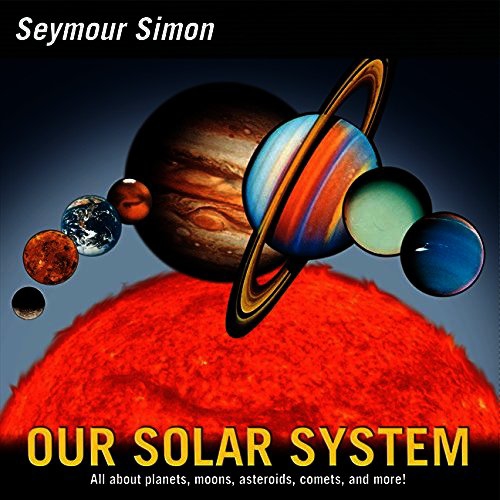 Time is always a challenge, but many teachers find it helpful to shorten the fiction read aloud by a bit and then use the saved minutes to slip in an informational read aloud. Let nothing stand in the way!
Time is always a challenge, but many teachers find it helpful to shorten the fiction read aloud by a bit and then use the saved minutes to slip in an informational read aloud. Let nothing stand in the way!
Become a commercial for informational reading!
Read the book in advance so you know it well enough to bring it to the students as a joyful celebration. Bring passion! Show it in your eyes and in your voice. Read with vitality and be a commercial for a great topic and a beautiful selection.
Model the behaviors of an informational reader.
With some selections, it can be very powerful to pause occasionally and model how you might jot a note or a question on a chart. Or, show students how to place key words on individual sticky notes that can later be rearranged for a summary. These questions, jotted words and notes can then become a rich cache of possibility for modeled writing to show learners how you gather facts and then slip them into writing.
Give yourself permission to read the whole selection… or part of it!
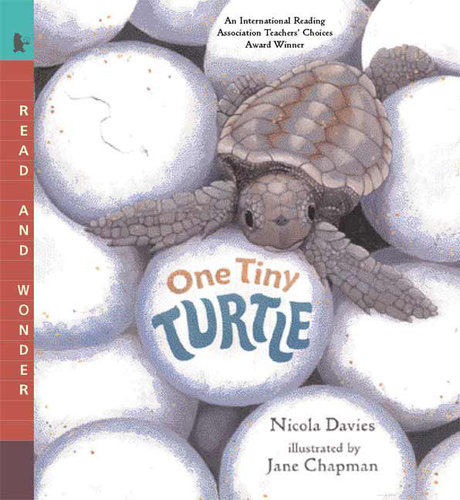 Sometimes an informational read aloud is best when it is used to pique interest and generate excitement for a topic. I have had wonderful success reading a particularly interesting portion of a nonfiction selection and then stopping. Questions erupt, and I can ask who might enjoy adding the book to their independent reading collection to enjoy later. If you can find several copies of the book, that is even better as students can talk together about what they are noticing and learning.
Sometimes an informational read aloud is best when it is used to pique interest and generate excitement for a topic. I have had wonderful success reading a particularly interesting portion of a nonfiction selection and then stopping. Questions erupt, and I can ask who might enjoy adding the book to their independent reading collection to enjoy later. If you can find several copies of the book, that is even better as students can talk together about what they are noticing and learning.
Read from a wide range of sources.
The range of text types labeled as informational or nonfiction is enormous! Field guides, magazines, newspapers, informational poetry, narrative nonfiction, descriptive and explanatory pieces, persuasions and so on are examples of the enormous diversity of text types. How exciting to expose students to the wide range of linguistic styles, graphic layouts and far reaching options for topics.
Broaden schema through informational read alouds.
Informational read alouds can be an exciting way to introduce a new unit of study or to broaden general knowledge. Listening to informational selections allows students to have access to content that may be outside of their reading range but within their comprehension zone.
Reread informational selections.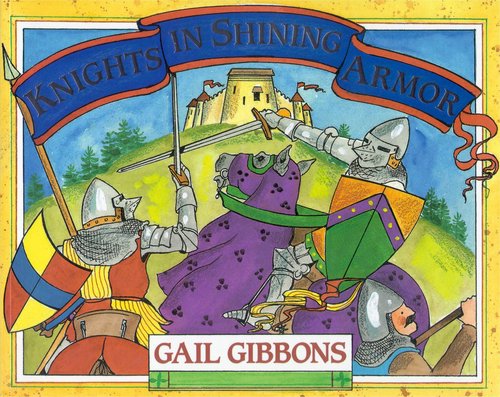
We know how young children beg to hear their favorite stories again and again. The same can be true for informational selections. Each rereading provides an opportunity to lean into the text by noticing details, appreciating the language or seeing the selection as a mentor for their writing.
Celebrate visual literacy.
One of the most exciting elements of a great informational selection is the visual presentation. Showcase visuals with a document camera or digital projection and invite learners to find facts and details in the images, notice page layout and actively search for connections between the visuals and the print.
Let questions ring!
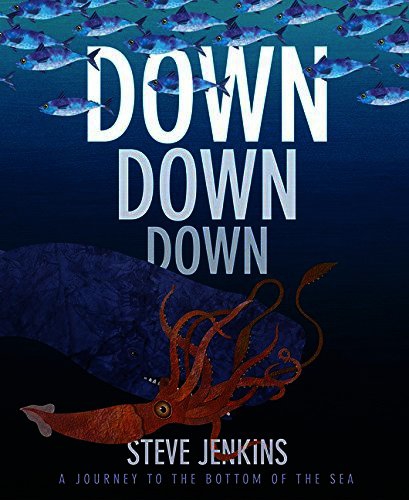 While I would never advocate for dissection of every book, or to interrupt every selection with turn and talk moments, I do believe that children’s voices need to be heard. If children are deeply engaged and just want to listen on a first reading that is wonderful. Let the language of the text enfold them.
While I would never advocate for dissection of every book, or to interrupt every selection with turn and talk moments, I do believe that children’s voices need to be heard. If children are deeply engaged and just want to listen on a first reading that is wonderful. Let the language of the text enfold them.
If the content is complex and questions begin to bubble up, then by all means slow down. Let them look, think together and generate wonderings about the content. When children’s voices lift in concert with a great informational read aloud, comprehension is lifted and learning becomes more vigorous.
Be picky about the books you select for read aloud.
This is the gold star tip!
Become the ultimate picky shopper when selecting books for an informational read aloud. Pick the most exciting and “info-mazing” books you can find. Select those with fantastic visuals and enticing page layout. Reach for the books with the richest, most eloquently phrased language that you know will stimulate visualization and imagery. When you are picky, the paybacks are amazing.
So, let’s do this!
It’s time to consider the enhancement that even a brief informational read aloud could bring to experiences in science, social studies or even math. Read alouds from the content learners are addressing will advance schema, expose students to the unique linguistic patterns and vocabulary of the target learning and build confidence for joyful independent reading for information seekers of all ages.


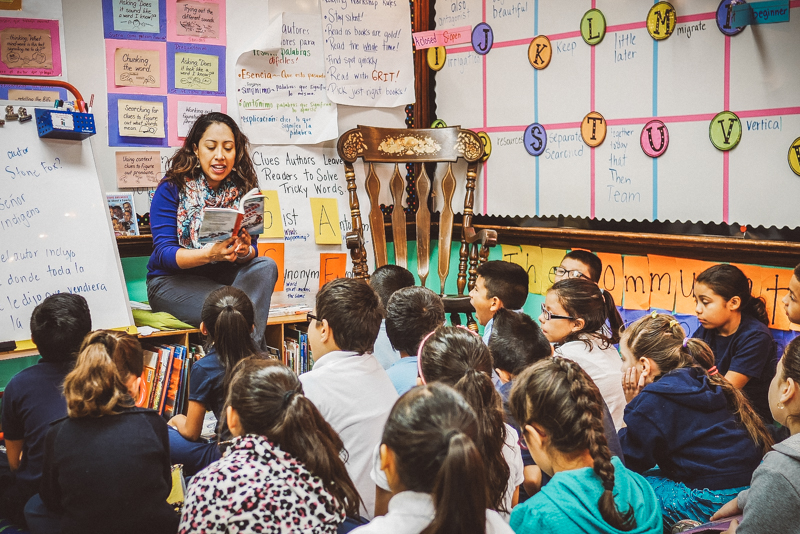

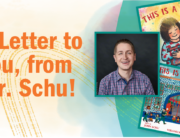
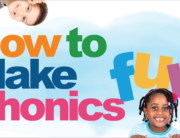
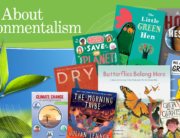
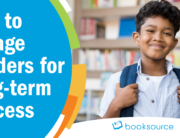
Leave A Comment